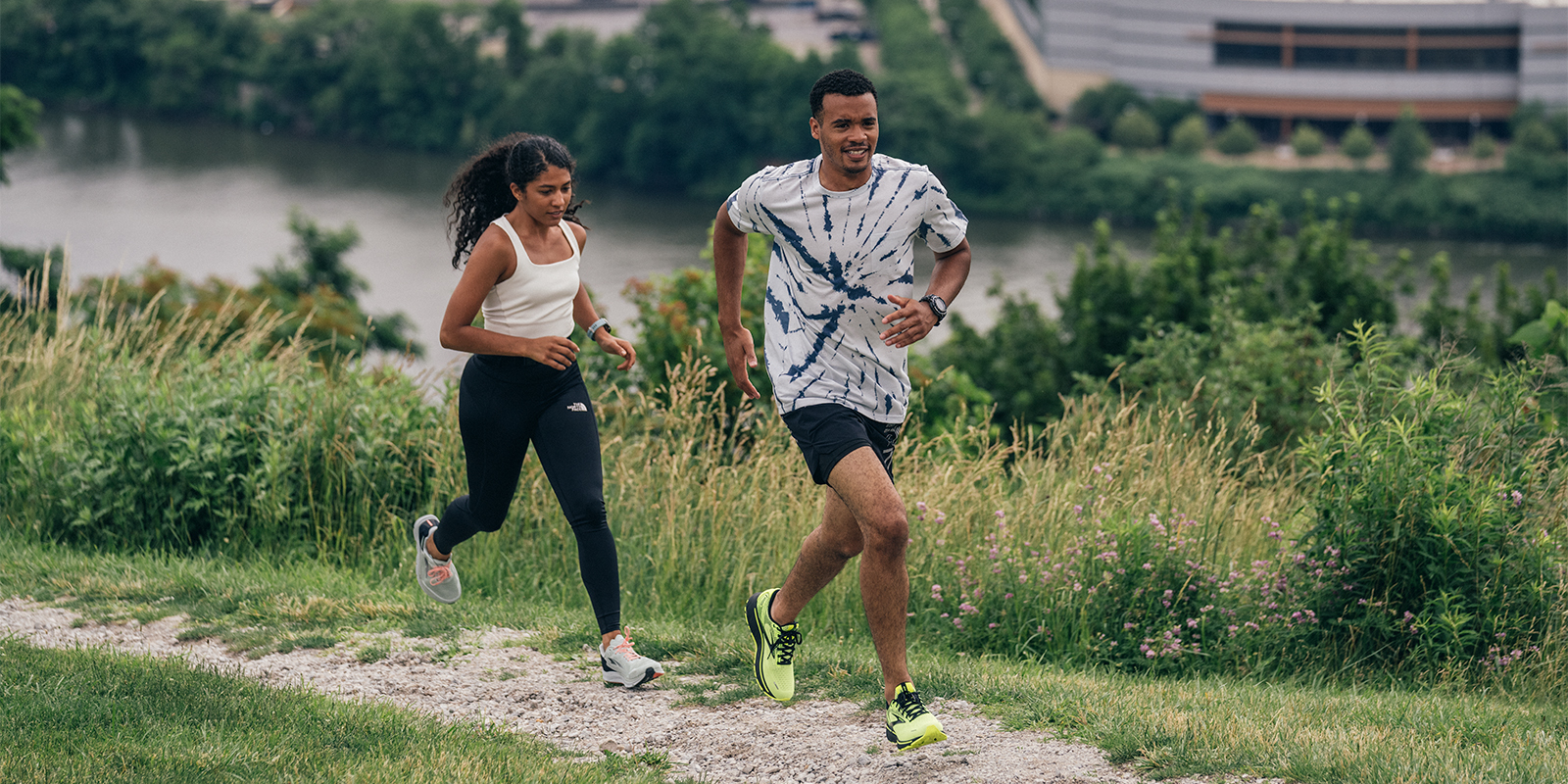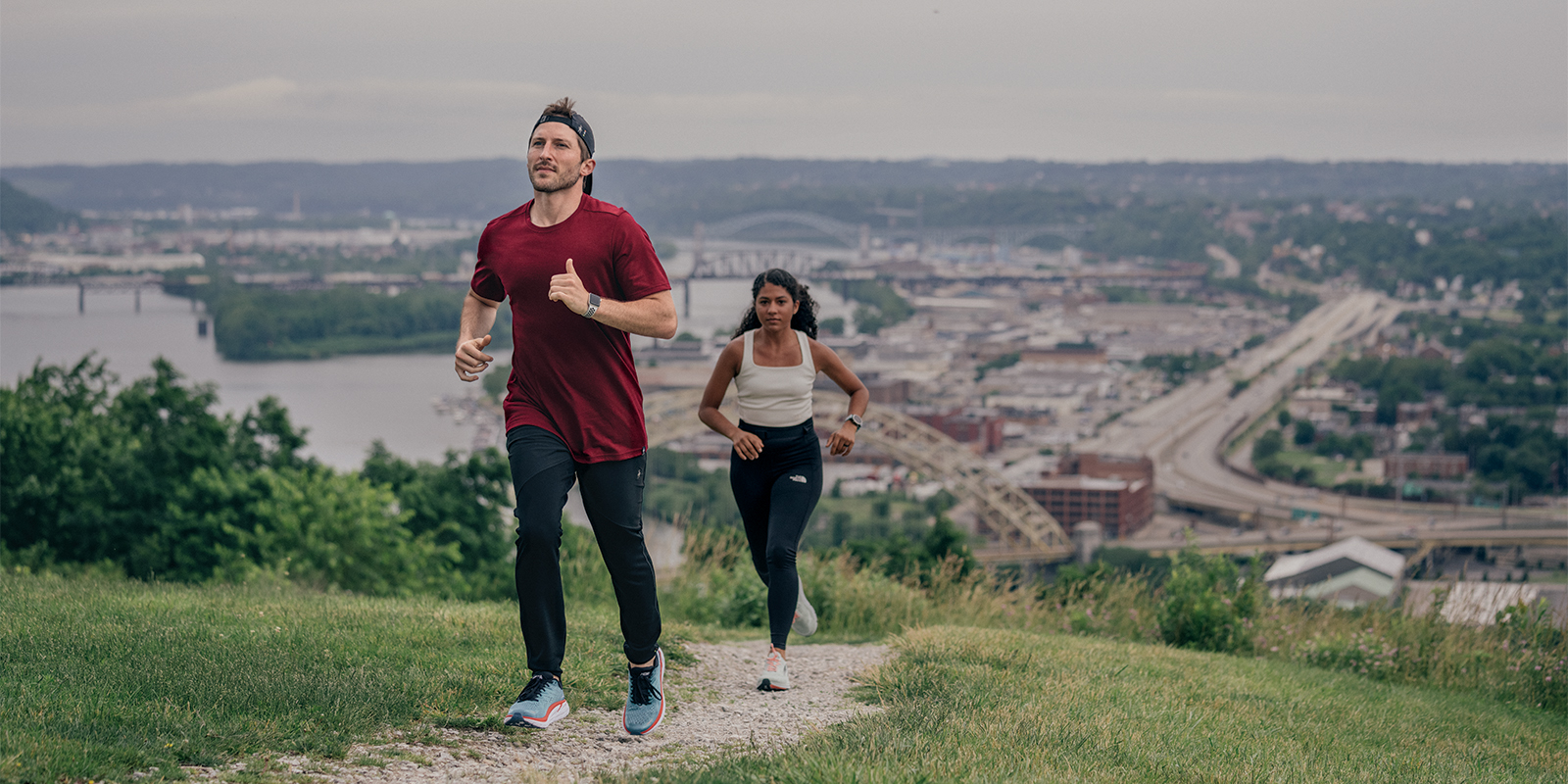Are you stuck running the same routes all the time? Not only can that lead to burnout, but it’s not great for your body—your muscles, tendons, and ligaments benefit from variation. Indecision in where to run can also lead to a worse scenario: not running at all.
To up your route-planning game, follow these tips.
Safety First
Whether you’re planning a running route on roads or trails, safety should be your number one priority.
Roads
Avoid roads with little or no shoulder, or in remote and unfamiliar areas that you don’t know are safe to travel on foot, especially if you’re running alone. Check apps like Strava or MapMyRun, where other runners log routes and make notes. You can also drive or bike a route you have in mind to make sure there’s a decent shoulder, and to measure distance and scout for other details, like water fountain and bathroom availability.
Trails
With trails, by nature, you’re more likely to be isolated, so use geography (how far from civilization will you be?) and apps (how popular is the route?) to determine your comfort level. With trails, apps like Strava, Trail Run Project, Gaia, and AllTrails will give you suggestions. If you plan on using the map from one of these apps while running, be sure to download it as you may not have cell coverage where you’re headed. (Also, keep in mind the life of your phone battery. If you’re planning a long run connecting multiple trails, consider carrying a paper map.)





